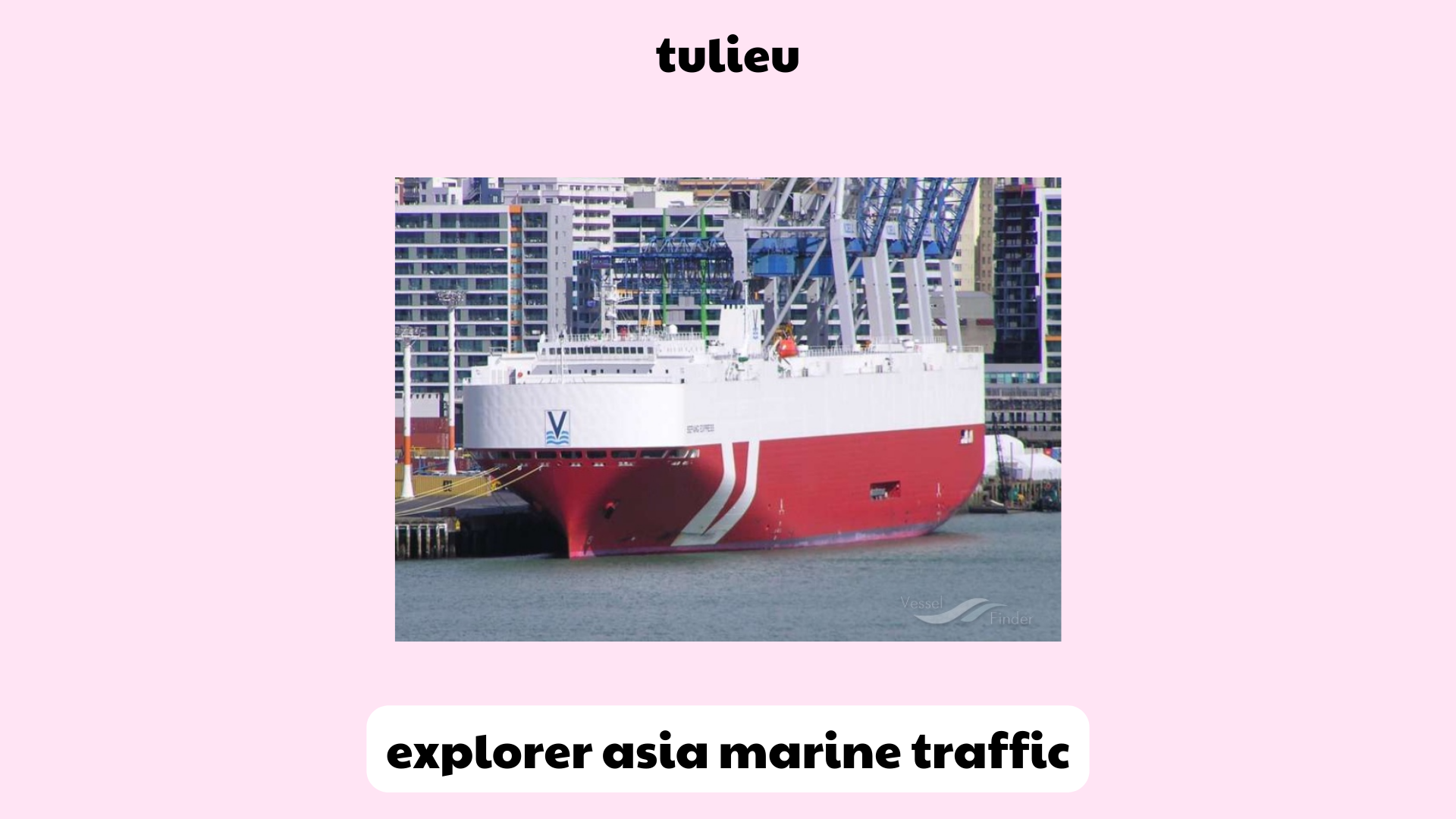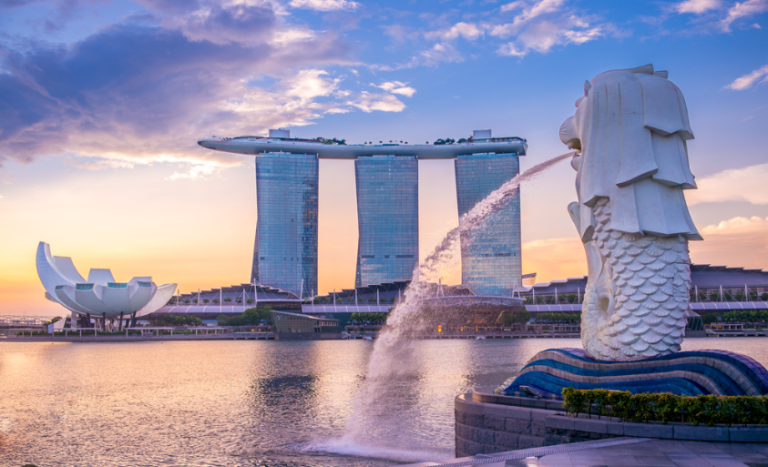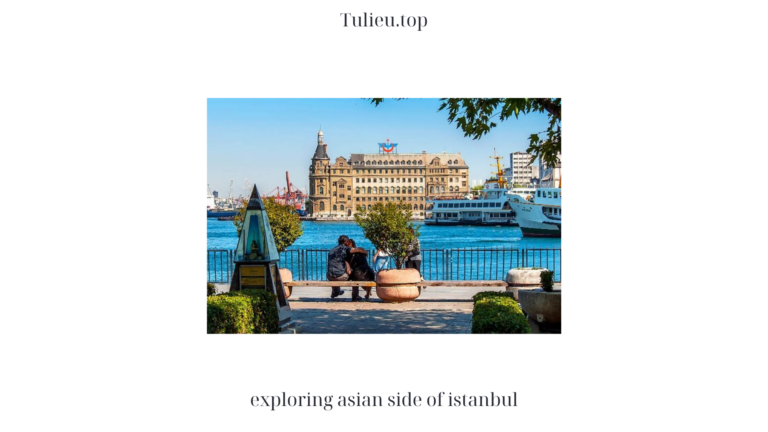Explorer Asia Marine Traffic: Navigating the Seas
The waters surrounding Asia are known for their bustling marine traffic, with a constant flow of ships, boats, and vessels traversing the vast expanse of the region. From cargo ships transporting goods to fishing boats seeking a bountiful catch, the maritime activity in Asia is a sight to behold. In this article, Tulieutop will delve into the intricacies of explorer asia marine traffic, exploring the various types of vessels, the major shipping routes, and the significance of this bustling maritime ecosystem.
Explorer Asia Marine Traffic: Navigating the Seas
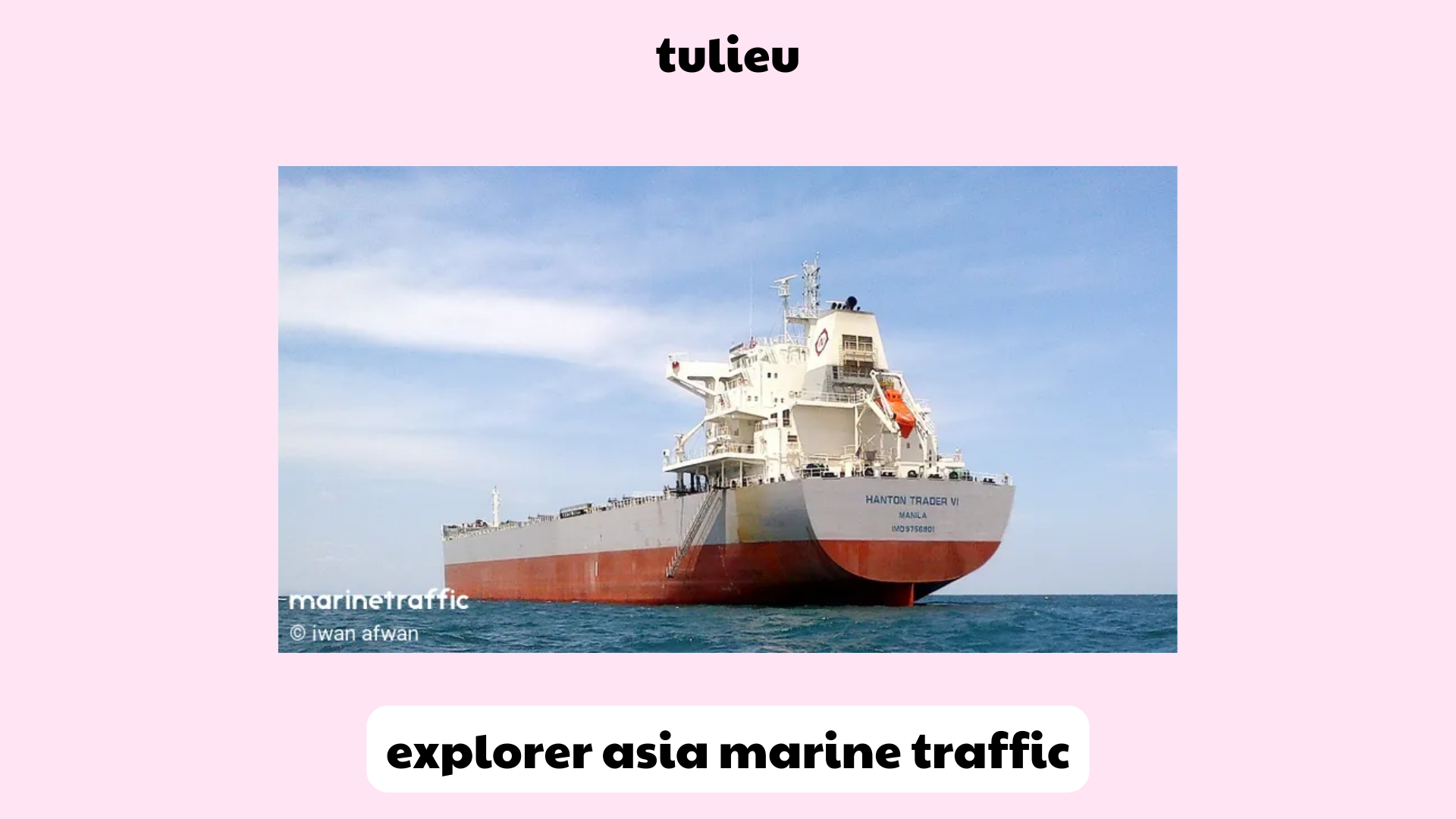
The Diversity of Vessels
Asia’s marine traffic is a diverse tapestry of vessels, each serving a unique purpose and contributing to the region’s economic growth. From massive container ships to nimble fishing boats, these vessels form an integral part of the maritime industry in explorer asia marine traffic.
Container ships dominate the seas as they transport goods across the globe. These behemoths of the ocean carry large cargo containers, ensuring the smooth flow of international trade. With their sheer size and capacity, container ships are a common sight in major explorer asia marine traffic ports, connecting the region to the rest of the world.
Tankers, on the other hand, play a vital role in explorer asia marine traffic transporting oil and gas. These specialized vessels are designed to carry large quantities of liquid cargo, ensuring the energy needs of nations across Asia are met. Tankers can vary in size, from small coastal vessels to mammoth supertankers that can carry millions of barrels of oil.
Passenger ships and cruise liners also contribute to Asia’s marine traffic. These luxurious vessels offer travelers an opportunity to explore the region’s stunning coastlines and visit popular tourist destinations. From short cruises to extended voyages, passenger ships provide a unique and memorable way to experience Asia’s scenic beauty.
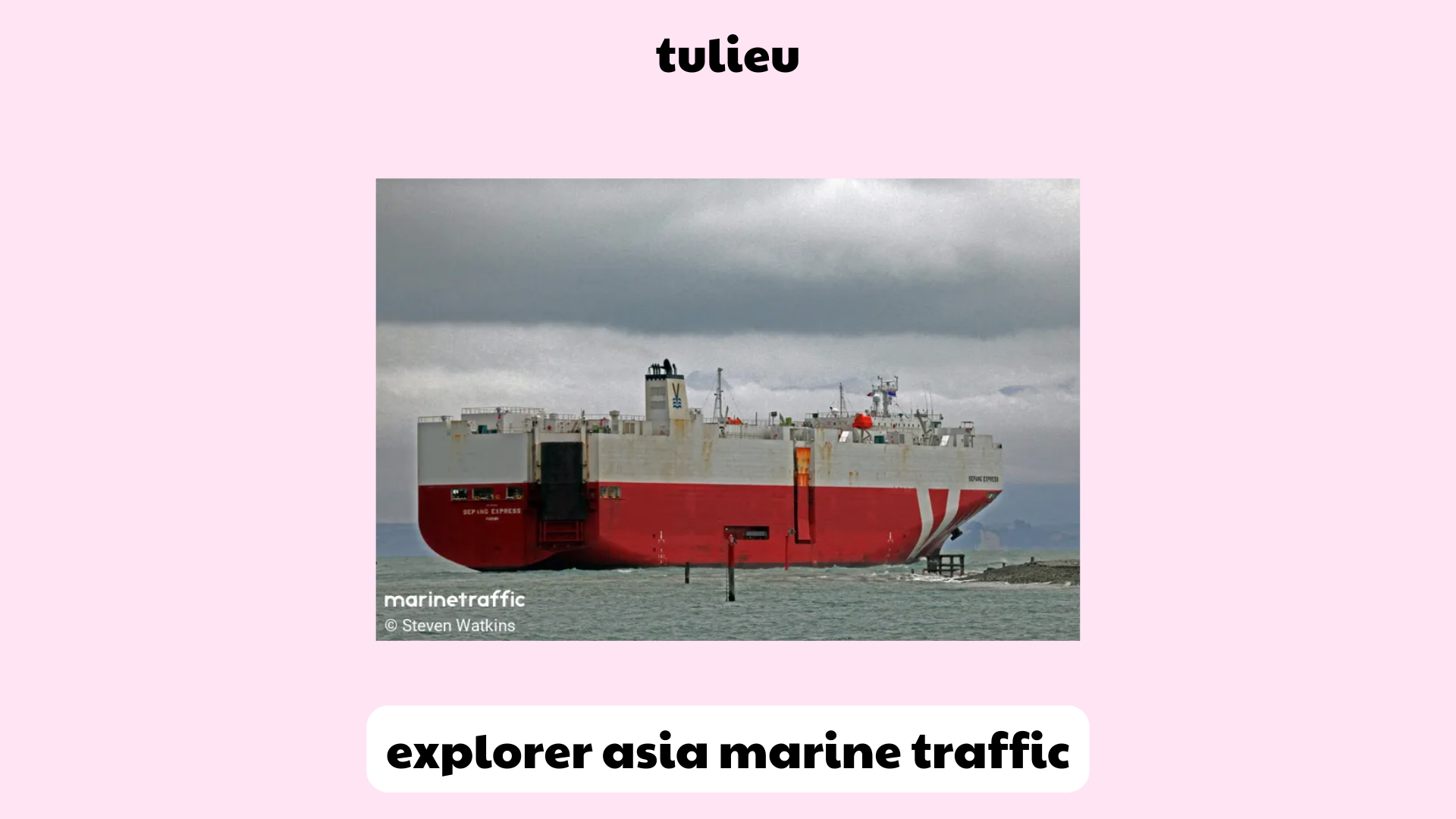
Fishing boats, both large and small, are explorer asia marine traffic an essential part of Asia’s maritime industry. They venture into the seas to catch a wide variety of fish and seafood, providing sustenance and livelihoods to countless communities along the Asian coastline. These boats range from simple traditional vessels to modern trawlers equipped with advanced fishing technology.
Major Shipping Routes
Asia is home to several major shipping routes explorer asia marine traffic that facilitate the movement of goods and connect different parts of the world. These routes are crucial for global trade and contribute significantly to Asia’s marine traffic.
The Strait of Malacca, located between the Indonesian explorer asia marine traffic island of Sumatra and Malaysia’s Malay Peninsula, is one of the busiest shipping lanes in the world. It connects the Indian Ocean to the South China Sea and serves as a vital link between the Middle East, Europe, and East Asia. The strait is a strategic chokepoint, and its smooth operation is crucial for the uninterrupted flow of trade.
The South China Sea is another important maritime explorer asia marine traffic region in Asia. It is a contested area, with several countries laying claim to various islands and waters within the region. The South China Sea is a major shipping route, facilitating trade between East Asia, Southeast Asia, and the rest of the world. Its rich fishing grounds also attract numerous fishing vessels.
The Strait of Hormuz, located between Iran and Oman, is a critical explorer asia marine traffic passage for oil tankers transporting oil from the Persian Gulf to markets around the world. It is a narrow and strategically important waterway, accounting for a significant portion of global oil trade. The smooth operation of the strait is crucial for maintaining global energy security.
The significance of Asia’s marine traffic
Asia’s marine traffic plays a vital role in the economic development of explorer asia marine traffic the region. The smooth movement of vessels ensures the timely delivery of goods, fuels economic growth, and fosters international trade relations. Countries in Asia heavily rely on maritime transportation to import and export goods, making efficient marine traffic crucial for their economic prosperity.
The fishing industry in Asia is also heavily reliant on marine traffic. Fishing vessels venture into the seas, often for extended periods, to catch fish and other seafood. The timely arrival of these vessels to ports ensures the freshness and quality of the catch, supporting the local and international seafood markets.
Asia’s marine traffic also has environmental implications. The explorer asia marine traffic presence of vessels can lead to issues such as pollution, habitat destruction, and the risk of accidents or oil spills. It is essential for governments and international organizations to implement regulations and practices that ensure sustainable and responsible maritime activities.
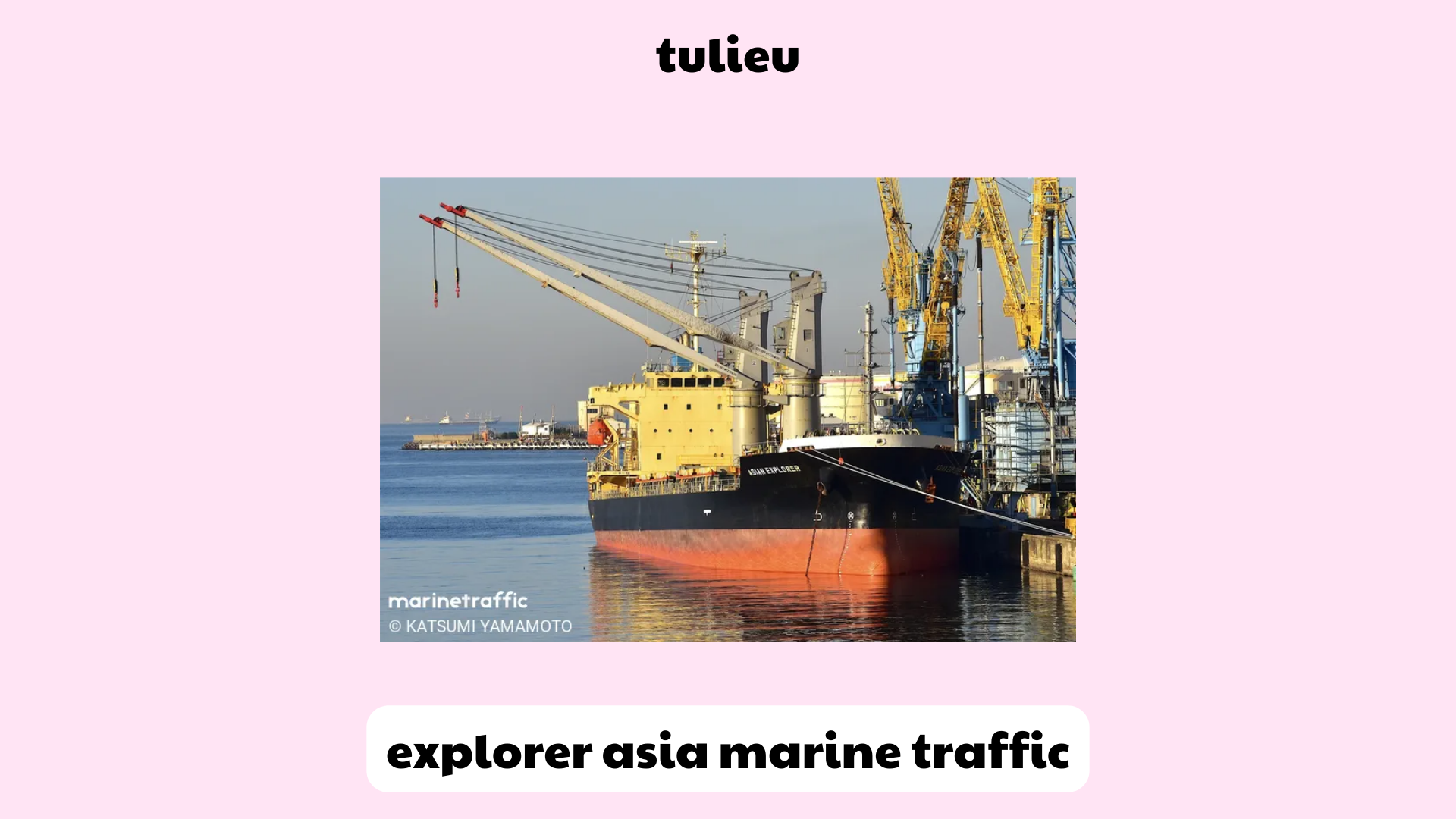
Conclusion
Explorer asia marine traffic is a vibrant and dynamic ecosystem, characterized by explorer asia marine traffic diverse vessels, major shipping routes, and significant economic implications. From container ships connecting continents to fishing boats sustaining coastal communities, the seas of Asia are alive with activity. By understanding the intricacies of Asia’s marine traffic, we can appreciate the vital role it plays in shaping the region’s economy, trade relations, and environmental sustainability. Navigating the seas of Asia is not only a physical journey but also an exploration of the economic and cultural connectivity that defines this vibrant part of the world.
